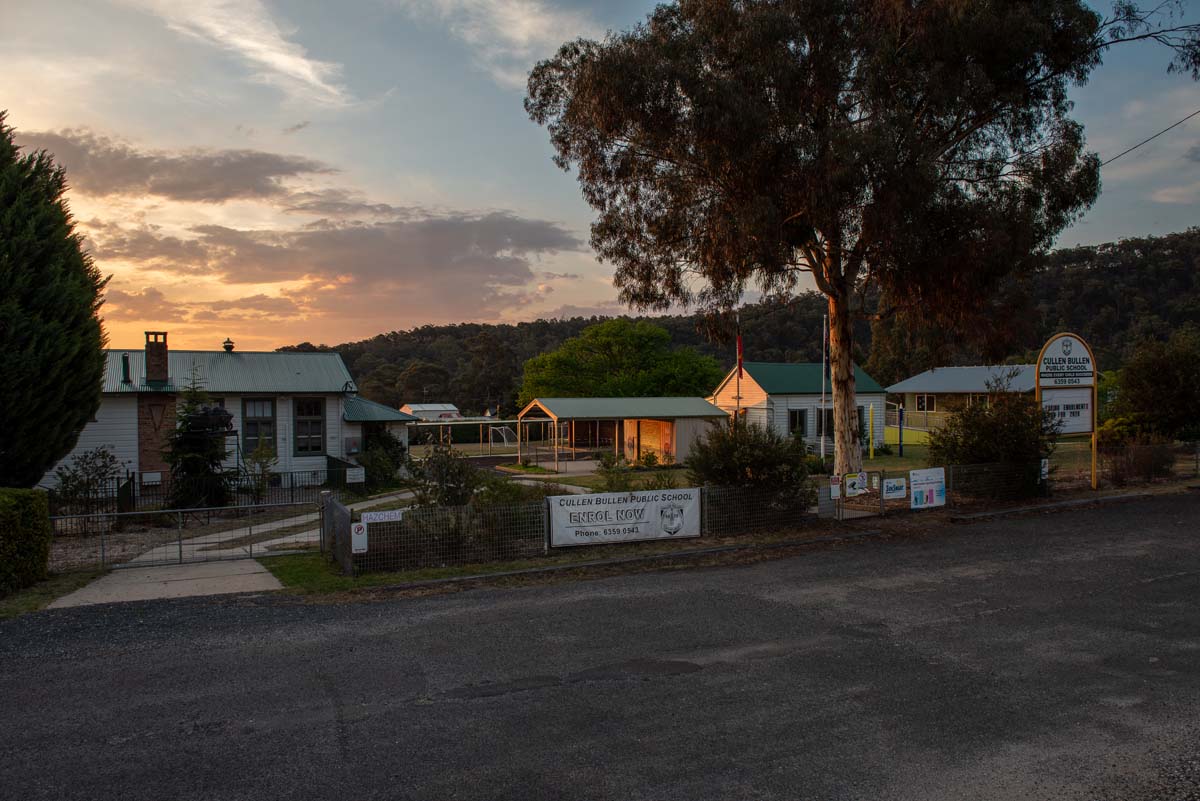Cullen Bullen is located 28 kilometres North of Lithgow on the Castlereagh Highway.
The district was originally occupied by the Wiradjuri people, and the name “Cullen Bullen” is said to refer to the large amount of Lyrebirds that populated the area.
The first European in the area was James Blackman, who surveyed a roadway from what is now Wallerawang, to Mudgee, in 1821. Blackman was followed in 1822 by William Lawson and later Allan Cunningham, who investigated the flora and fauna in the area in 1822–23.
The first land grant was taken up by Robert Dulhunty who selected 2000 acres of land situated on what is now the Back Cullen Road. The village grew and thrived as the road to Mudgee improved, particularly after the discovery of gold at Hill End and Sofala. The Post Office opened in 1861, and Cullen Bullen was part of the Cobb and Co route.
Once the railway line extended through to Capertee in 1882, more opportunities opened up. With a planned railway line to Mudgee, the areas coal resources suddenly became commercially viable.
The first coal mine in the area opened in 1880 by William Hart Jr, with many others following… Renown Colliery, The Great Western Mine at Tyldesley, Shepherd and Massey’s Mine, Wattle Mount Mine and Invincible Colliery, just to mention a few.
Cullen Bullen’s Tidy Town Skip Line Rest Area is a great place to stop to read about the history of Invincible Colliery. Complete with a Memorial wall and an original skip laden with coal and a miner’s helmet, this area is where the original skip line operated to haul coal from the mine to the railway siding.
Cullen Bullen is home to the Cullen Bullen Raceway – “The action attraction of the Central West!”
Close to the Gardens of Stone National Park and the Wollemi National park- there are many places of natural beauty to discover.


